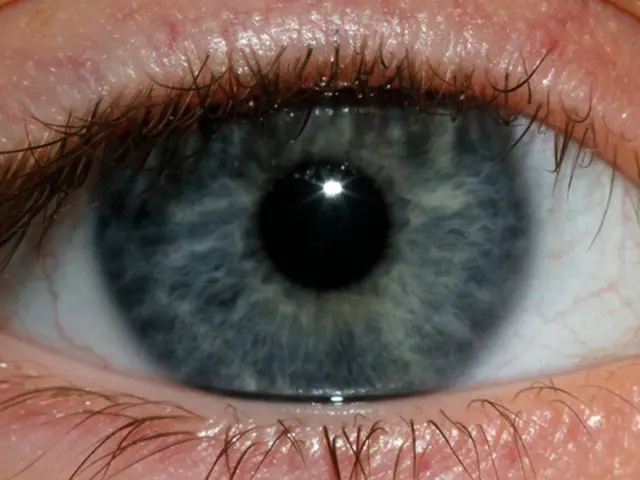Understanding Snoring: Causes, Types, and When to Worry
Snoring is a common occurrence, affecting millions of people, and can be caused by various factors. It often starts as an occasional issue, for instance during allergy season, but can also be a sign of a more serious health condition. Nancy Foldvary-Schaefer, a sleep medicine expert, explains that while snoring can be harmless, it's important to understand its causes and potential implications.
Snoring occurs when the muscles in the upper airway relax and narrow, causing the tissues to vibrate as air passes through. This can be due to several reasons. Alcohol consumption before bed can relax these muscles, leading to snoring. Similarly, sleeping on the back can cause the tongue to relax and block the airway. Certain physical attributes, such as a longer roof of the mouth or uvula, can also contribute to snoring.
Snoring can be an occasional occurrence, for example during sinus infections or when nasal airways are obstructed due to injuries or growths. However, loud, disruptive snoring is more likely to be associated with a health condition called sleep apnea and should be discussed with a healthcare provider. Sleep apnea is characterized by pauses in breathing or disrupted breathing during sleep, and if left untreated, can lead to serious health problems such as metabolic disorders, cardiovascular disease, and cognitive impairment.
Snoring is a common issue that can be caused by various factors, ranging from lifestyle habits to physical attributes. While it can be an occasional occurrence, loud, disruptive snoring should be taken seriously as it can be a sign of sleep apnea, a condition that can lead to serious health problems if left untreated. If you or a loved one experiences snoring, it's important to consult with a healthcare provider to determine the cause and appropriate course of action.
Read also:
- Abu Dhabi initiative for comprehensive genetic screening, aiming to diagnose over 800 conditions and enhance the health of future generations in the UAE.
- Elderly shingles: Recognizing symptoms, potential problems, and available treatments
- Exploring the Reasons, Purposes, and Enigmas of Hiccups: Delving into Their Origins, Roles, and Unsolved Aspects
- Various forms of cataracts include nuclear, pediatric, traumatic, and additional types






